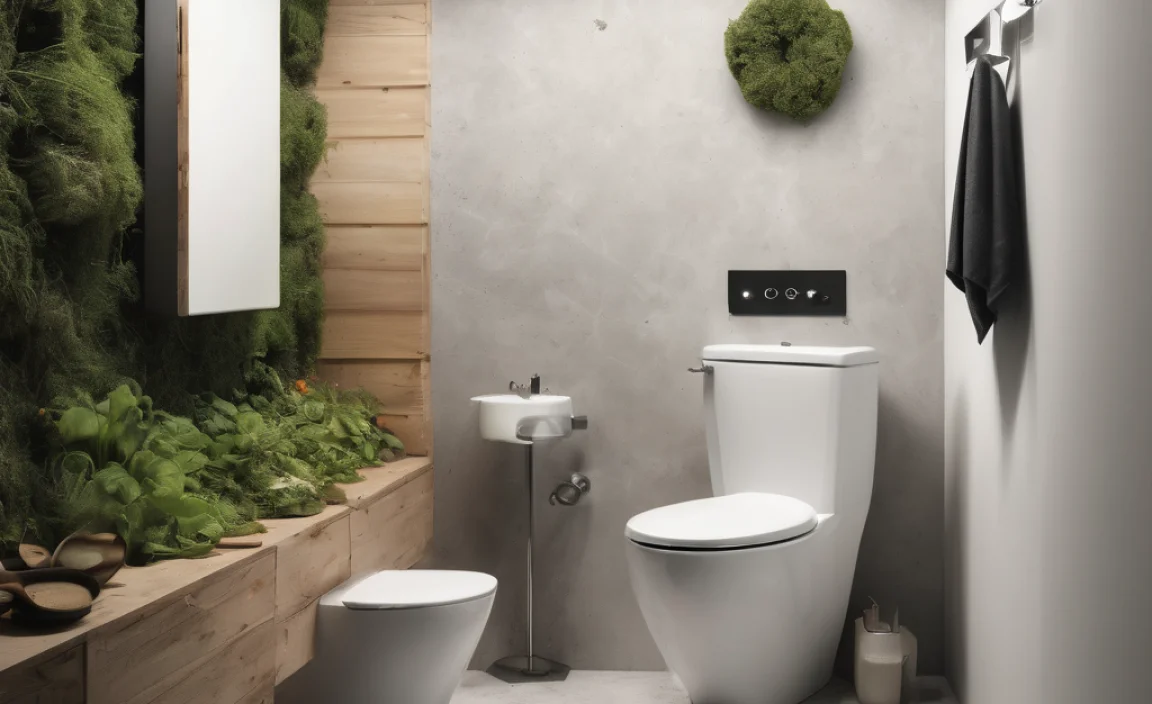Yes, sink water is generally tap water. The water that comes out of your sink faucet is usually sourced from your local municipal water supply or a private well. It’s treated to make it safe for drinking, cooking, and cleaning.
Ever wonder if the water from your kitchen or bathroom sink is the same water you drink? It’s a common question! Figuring out where your water comes from and if it’s safe can be confusing. But don’t worry, we’re here to help you understand everything about sink water.
In this guide, we’ll walk you through the basics of tap water, where it comes from, and how it’s treated. We’ll also cover the safety of drinking sink water and what to do if you have concerns. Ready to dive in? Let’s get started!
Understanding Tap Water
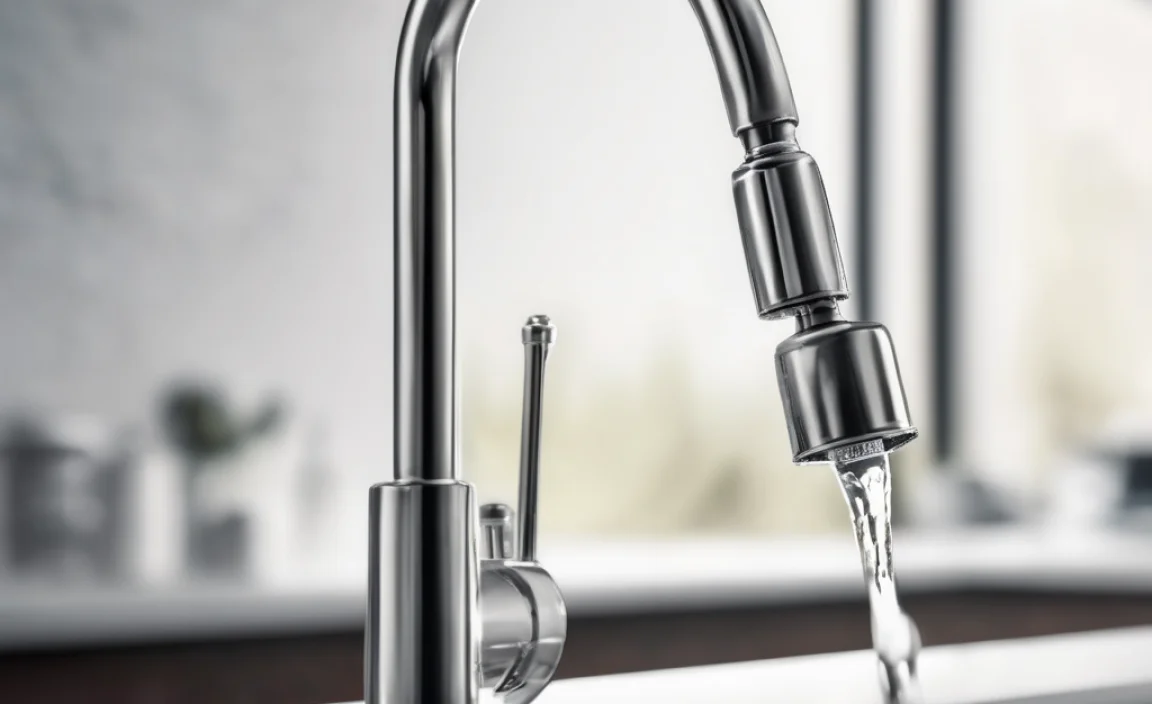
Tap water is the water that comes directly from the faucets in your home. It’s the water you use every day for drinking, cooking, cleaning, and bathing. But where does it come from, and how does it get to your sink?
Sources of Tap Water
Tap water comes from two main sources:
- Surface Water: This includes rivers, lakes, and reservoirs.
- Groundwater: This is water found underground in aquifers, which are layers of rock and soil that hold water.
Most cities and towns use a combination of these sources to supply water to their residents. The specific source depends on the region and the availability of water resources.
The Journey to Your Faucet
Once water is collected from its source, it goes through a treatment process to ensure it’s safe to drink. Here’s a simplified look at the journey:
- Collection: Water is drawn from rivers, lakes, or wells.
- Treatment: The water is treated to remove contaminants and make it safe.
- Distribution: Treated water is pumped through a network of pipes to homes and businesses.
- Your Faucet: Finally, the water reaches your tap, ready for use.
Water Treatment Process
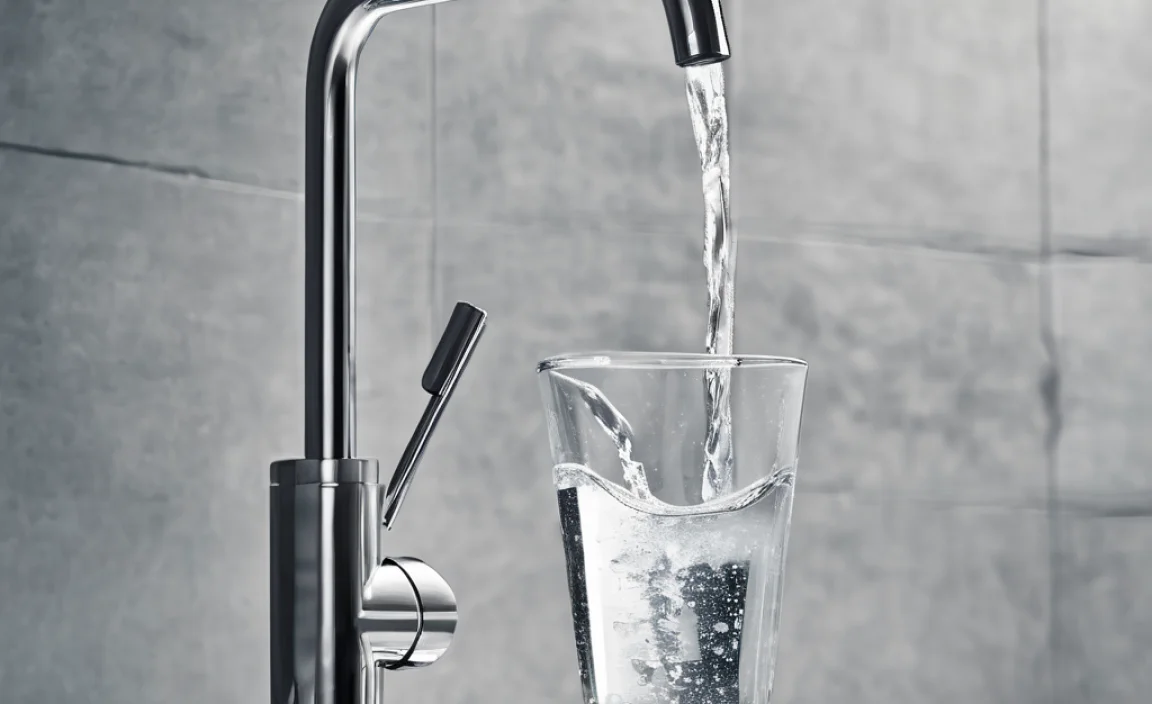
The water treatment process is crucial for removing harmful substances and making water safe to drink. Here’s a breakdown of the typical steps involved:
Common Treatment Steps
- Coagulation and Flocculation: Chemicals are added to the water to clump together dirt and other particles, forming larger particles called floc.
- Sedimentation: The floc settles to the bottom of the water, making it easier to remove.
- Filtration: The water passes through filters made of sand, gravel, and charcoal to remove any remaining particles.
- Disinfection: Chlorine or other disinfectants are added to kill bacteria and viruses.
- pH Correction: The pH of the water is adjusted to ensure it’s not too acidic or alkaline.
Why Treatment is Important
Without treatment, tap water could contain harmful bacteria, viruses, and other contaminants that can cause illness. Treatment ensures that the water is safe for consumption and other uses.
Is Sink Water Safe to Drink?
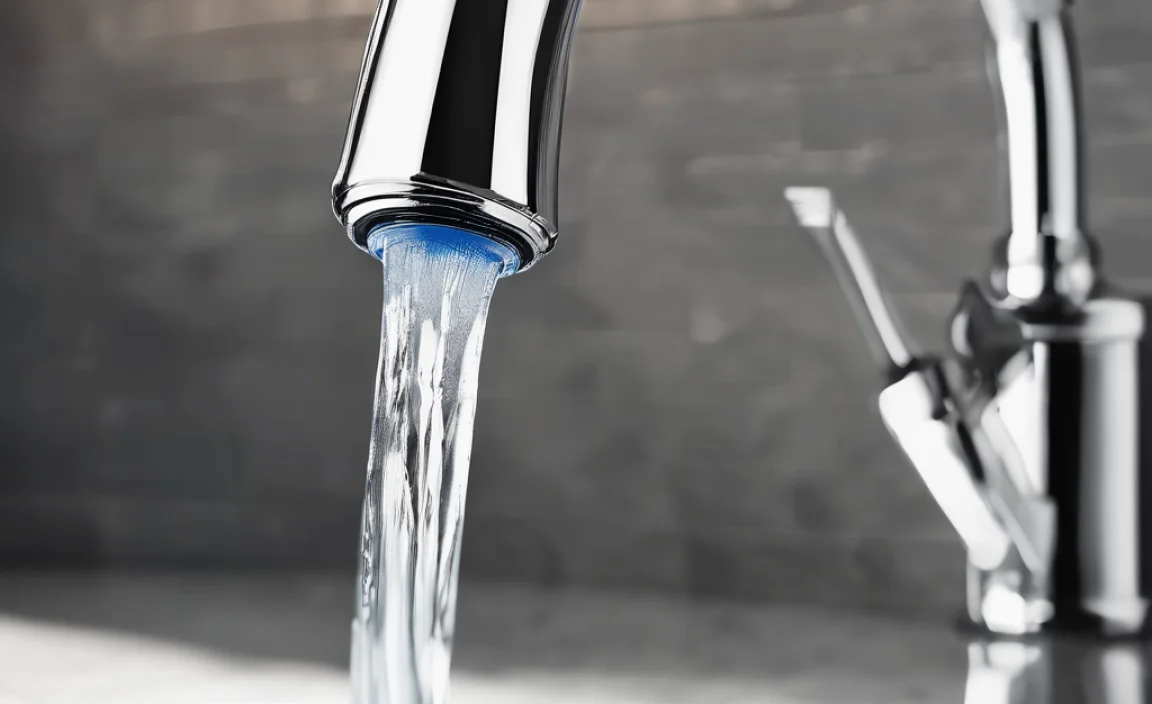
In most cases, sink water is safe to drink. Municipal water systems are regulated by the Environmental Protection Agency (EPA), which sets standards for water quality. However, there are situations where sink water might not be safe.
EPA Regulations and Water Quality
The EPA sets limits for various contaminants in drinking water and requires water systems to regularly test their water. If the water meets these standards, it’s generally considered safe to drink. You can find information about your local water quality in an annual water quality report, also known as a Consumer Confidence Report (CCR).
Potential Contaminants
Even with treatment, some contaminants can still be present in tap water. These may include:
- Lead: Can leach into water from old pipes.
- Bacteria and Viruses: Can survive if disinfection is not effective.
- Chemicals: Pesticides, herbicides, and industrial chemicals can contaminate water sources.
- Disinfection Byproducts: Formed when disinfectants react with organic matter in the water.
When to Be Cautious
There are certain situations where you should be cautious about drinking sink water:
- Old Plumbing: Homes with old pipes may have lead in their water.
- Water Main Breaks: Can introduce contaminants into the water system.
- Taste or Odor Changes: If your water tastes or smells unusual, it could be a sign of contamination.
- Well Water: Private well water is not regulated by the EPA and may need to be tested regularly.
Testing Your Water
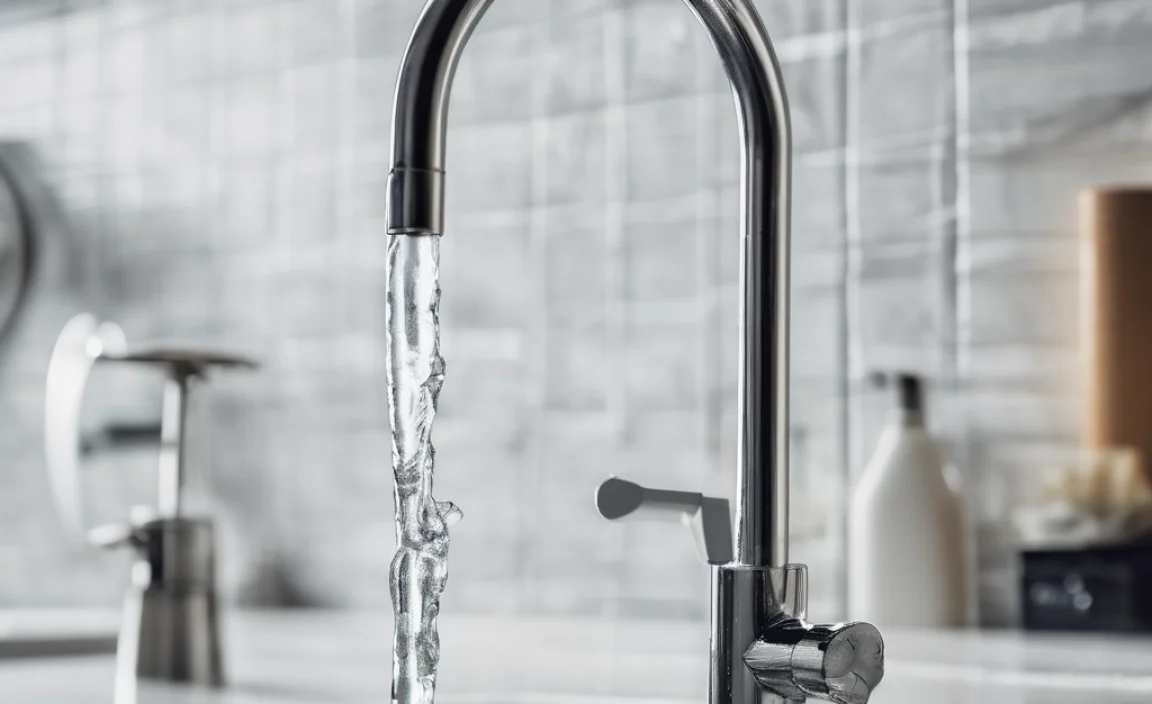
If you’re concerned about the safety of your sink water, testing it is a good idea. Here’s how you can do it:
DIY vs. Professional Testing
There are two main options for testing your water:
- DIY Kits: These are available at most hardware stores and online. They’re relatively inexpensive and easy to use, but they may not be as accurate as professional testing.
- Professional Testing: This involves sending a water sample to a certified lab. It’s more expensive, but it provides more accurate and comprehensive results.
Steps for Testing Your Water
Here’s a general outline of how to test your water:
- Choose a Testing Method: Decide whether to use a DIY kit or hire a professional.
- Collect a Sample: Follow the instructions provided with the testing kit or by the lab.
- Submit the Sample: Send the sample to the lab or test it yourself using the kit.
- Review the Results: Understand the results and take action if necessary.
Interpreting the Results
Understanding your water test results is crucial for ensuring your water is safe. Here’s what to look for:
- Contaminant Levels: Compare the levels of contaminants in your water to the EPA’s standards.
- Potential Health Risks: Understand the potential health risks associated with each contaminant.
- Recommended Actions: Follow the recommendations provided with the test results, such as installing a filter or seeking medical advice.
Improving Your Water Quality
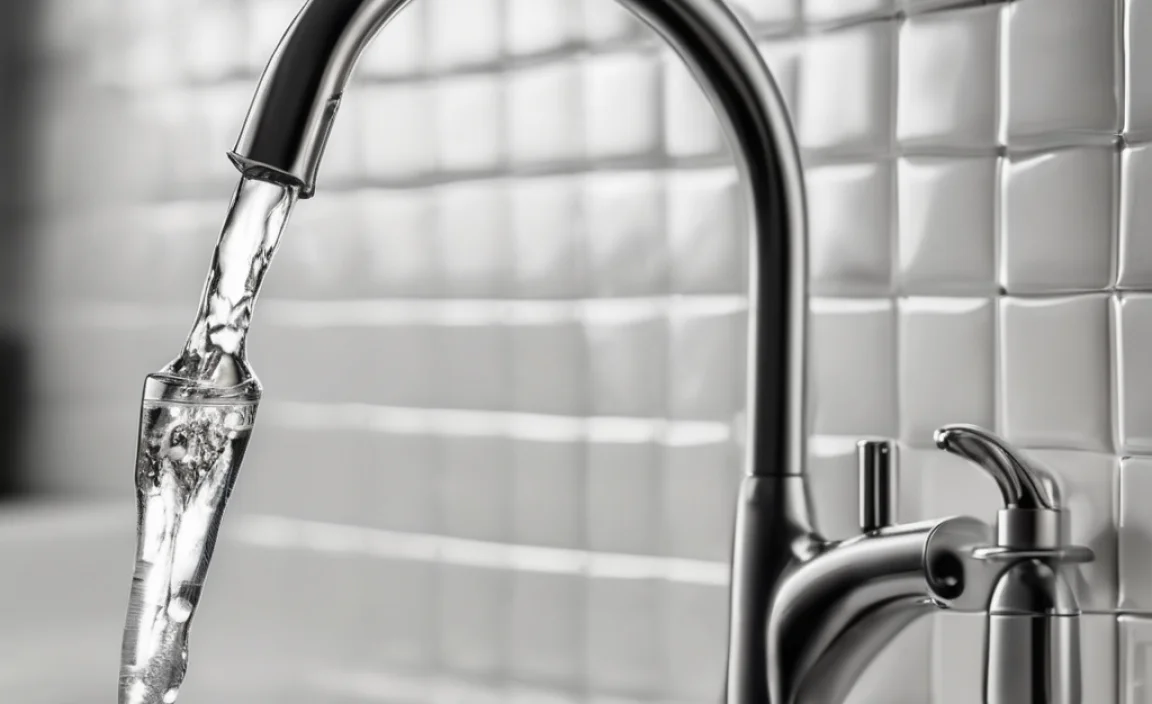
If your water test reveals contaminants or if you simply want to improve the taste and quality of your water, there are several options available.
Water Filtration Systems
Water filters remove impurities and improve the taste and odor of your water. Here are some common types:
- Pitcher Filters: These are simple and affordable, but they require manual filling.
- Faucet Filters: These attach directly to your faucet and provide filtered water on demand.
- Under-Sink Filters: These are installed under your sink and provide filtered water through a separate faucet.
- Whole-House Filters: These filter all the water entering your home, protecting all your appliances and fixtures.
Pros and Cons of Different Filter Types
| Filter Type | Pros | Cons |
|---|---|---|
| Pitcher Filters | Affordable, easy to use | Requires manual filling, slower filtration |
| Faucet Filters | Convenient, filters on demand | Can reduce water pressure, may not fit all faucets |
| Under-Sink Filters | High filtration capacity, dedicated faucet | More expensive, requires installation |
| Whole-House Filters | Filters all water, protects appliances | Most expensive, requires professional installation |
Other Methods to Improve Water Quality
In addition to filtration, there are other ways to improve your water quality:
- Boiling: Boiling water for one minute can kill most bacteria and viruses.
- Using a Water Softener: If you have hard water, a water softener can reduce mineral buildup and improve the taste of your water.
- Replacing Old Pipes: If you have lead pipes, replacing them can eliminate lead contamination.
Tips for Safe Drinking Water
Here are some practical tips to ensure you’re drinking safe water:
- Run the Tap: If the water hasn’t been used for several hours, run the tap for a minute or two to flush out any stagnant water.
- Use Cold Water: Always use cold water for drinking and cooking, as hot water can dissolve lead more easily.
- Clean Faucets and Aerators: Regularly clean your faucets and aerators to remove any buildup or contaminants.
- Stay Informed: Keep up-to-date with your local water quality reports and any advisories issued by your water supplier.
FAQ About Sink Water
1. Is sink water the same as tap water?
Yes, sink water is generally tap water, which comes from your municipal water supply or a private well.
2. How is tap water treated?
Tap water is treated through coagulation, sedimentation, filtration, disinfection, and pH correction to remove contaminants.
3. Is it safe to drink sink water?
In most cases, yes. However, it’s important to be cautious if you have old plumbing, experience water main breaks, or notice changes in taste or odor.
4. How can I test my sink water?
You can test your water using DIY kits from hardware stores or by sending a sample to a certified lab for professional testing.
5. What contaminants might be in my sink water?
Potential contaminants include lead, bacteria, viruses, chemicals, and disinfection byproducts.
6. What can I do to improve my sink water quality?
You can use water filtration systems, boil water, use a water softener, or replace old pipes.
7. How often should I test my well water?
It’s recommended to test your well water at least once a year for bacteria, nitrates, and any contaminants specific to your area.
Conclusion
Understanding whether sink water is tap water and if it’s safe to drink is essential for your health and well-being. In most cases, the water flowing from your sink is indeed tap water, treated and regulated to meet safety standards. However, being aware of potential contaminants and taking steps to ensure your water quality is always a good idea.
By following the tips and guidelines in this article, you can confidently assess the safety of your sink water and take appropriate actions to improve its quality. Whether it’s testing your water, installing a filtration system, or simply staying informed about your local water supply, you’re taking proactive steps to protect your health and ensure you have access to clean, safe drinking water. So, go ahead, turn on that tap with confidence!


